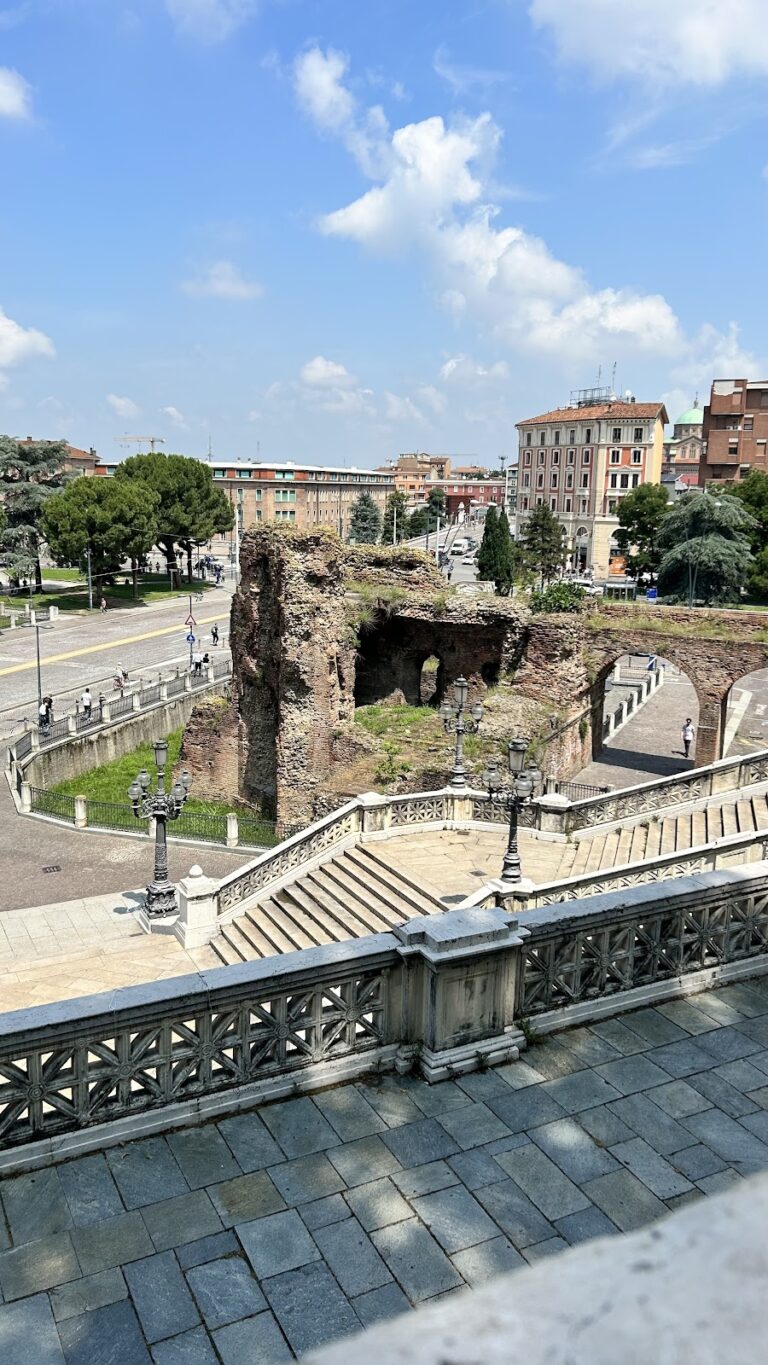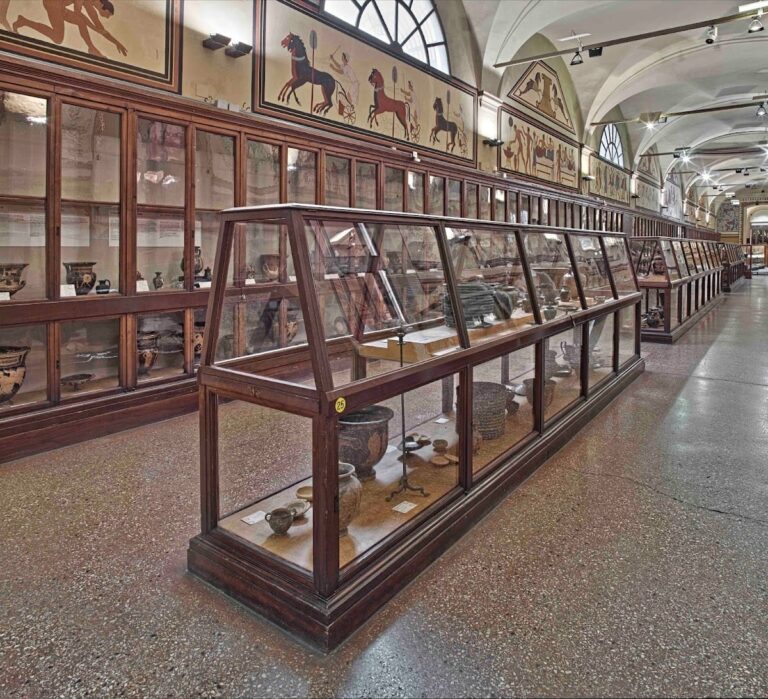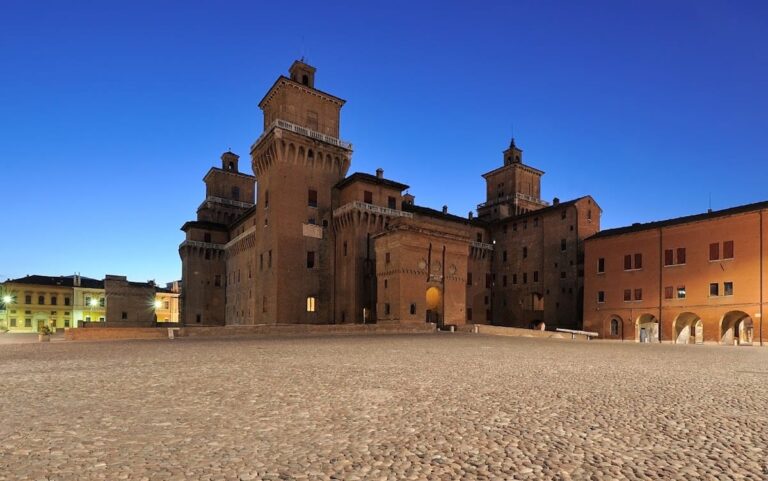Castello dei Manzoli: A Medieval and Noble Fortress in San Martino in Soverzano, Italy
Visitor Information
Google Rating: 4.5
Popularity: Low
Google Maps: View on Google Maps
Country: Italy
Civilization: Medieval European
Remains: Military
History
Castello dei Manzoli is situated in the municipality of San Martino in Soverzano in Italy. The fortress has its origins in the medieval period, specifically rooted in the defensive needs of the 13th century. At its core, the site began as a tower known as Torre degli Ariosti, constructed along the edge of the marshland called Dugliolo.
In 1407, the Ariosti family, who had acquired the fiefdom from Marquis Obizzo III of Ferrara, sold the property to Chiara Arrighi. Chiara was daughter of Girolamo Arrighi and later married Bartolomeo Manzoli, a knight from Bologna. Shortly after, in 1414, Bartolomeo Manzoli built the castle that largely defines the structure seen today, using the remains of the earlier tower as its foundation.
During the 16th century and into the early 17th century, the Manzoli family, who maintained ownership from 1407 onward, transformed the fortress from a purely defensive complex into a noble residence. Between 1514 and 1532, extensive adaptations were made to accommodate residential and social functions beyond military use. Around the castle, a small community of artisans and cattle merchants gradually developed during the 15th century, reflecting the growing economic activity of the area. From 1584, the castle became the site of an annual October fair, which led to the construction of a portico to host market activities.
The castle underwent further restoration and decorative work over the centuries. The most notable renovation occurred between 1883 and 1885 under the ownership of Count Cavazza. This late 19th-century refurbishment aimed to establish a stylistic coherence reflecting contemporary tastes, guided by architects Tito Azzolini and Alfonso Rubbiani, with artistic decoration contributed by Achille Casanova and Alessandro Scorzoni.
Today, the castle remains privately owned, preserving its historical layers that span from medieval defensive origins to a noble residential complex shaped by centuries of social and architectural changes.
Remains
The Castello dei Manzoli presents a quadrangular design characteristic of medieval fortifications, featuring four towers positioned at each corner and centered on a main keep. This central keep is the original 13th-century Torre degli Ariosti, around which the later castle was constructed. The entire structure is encircled by a moat, serving originally as a defensive barrier, which is still crossed by two drawbridges that lead into the inner courtyard.
The castle’s architecture is arranged around this internal courtyard, a common feature in defensive residences that allowed for secure access and internal movement. The enclosing parkland surrounding the castle varies in landscape: the western side remains densely wooded, while the eastern side is maintained as a lawn, reflecting the aesthetic preferences of the later noble owners.
The late 19th-century restoration consolidated and stylized the castle’s appearance, including architectural elements and decorations designed by notable artists of the period. Although specific decorative features such as frescoes or inscriptions are not detailed in the available information, these enhancements were part of a conscious effort to highlight the castle’s historical character.
Importantly, the castle stands at the historic boundary of the Dugliolo marsh, a wetland area that once extended northeast to Poggio di Molinella and north toward the Valle di Marrara. This geographical context was central to the original defensive placement of the castle and shaped its strategic significance during its initial construction phase.
Overall, the structure remains largely intact due to preservation efforts, including the restoration work carried out in the 19th century. The moat, towers, central keep, drawbridges, and courtyard all survive, offering a clear representation of the castle’s evolution from a 13th-century defensive tower to an adapted noble residence within its marshland environment.







